Johannesburg
The NYC of South Africa
The NYC of South Africa
Johannesburg, also known as Joburg or Jozi, is the New York City of South Africa. It is the largest city in South Africa and is a sprawling, cosmopolitan, urban jungle. Joburg is the economic heart of Africa with industries ranging from manufacturing to retail to business and finance to mining. In fact, Johannesburg is Africa’s richest city, and it’s here where 40% of the world’s gold has been found.
There is a lot to explore when visiting this metropolis. Johannesburg is becoming a very trendy scene on the world stage. Pubs, bars and nightlife, restaurants and live music, even weekend food markets, such as the Fourways farmers market, really energize the city of over 4 million. Joburg also offers a diverse variety of cuisine for all palettes, but if it’s local fare you crave, hop over to Soweto (Jozi’s largest township) for restaurants offering authentic township cuisine. If you’re the type that likes to shop, high-end stores can be found in Sandton City, but if you’re looking for a more charming and tranquil shopping experience, turn to 44 Stanley. Here you’ll discover tree-filled courtyards, cafes, art galleries and boutique shops where you will find high-end African crafts among other delights.
Making the time to understand the history of the place you are visiting is essential, and a visit to theApartheid museum will do just that. There is likely no experience in Johannesburg more profound than this. Learn what the people of this nation went through over the last century and a half and how they persevered through pain and darkness in the name of freedom and equality.
Tips
- Crime is still very common in Johannesburg. Like any big city, you need to keep your guard up. Always use common sense. Don't walk around the city at night. Avoid the areas of Hillbrow, Windsor and Yeoville. Talk to your accommodation's staff about where to go and what areas to avoid.
- Uber is very popular in South Africa and is very cheap!
- Johannesburg does experience afternoon summer showers.
Apartheid Museum
With almost every nation’s history, there is a dark side, and South Africa is no exception. Apartheid…translated meaning “separateness.” In 1948 the South African government began passing laws that segregated the majority black population and other colored races from the minority white population. Separate living areas, separate facilities and limited social interaction between races were mandated. Inter-racial marriage was also banned. There were curfews. Striking was outlawed. Most disturbing, the government even took land that blacks owned and sold it to whites for a very generous price. Blacks and other non-white races were forcibly removed from their land and sent to government designated areas (townships) to live. After this removal, the white minority had claim to 80% of the land in South Africa. All citizens were required to register with the government according to race, and each race was treated differently. White supremacy was at the core of it all.
These laws had prolonged consequences: poverty, lack of opportunity, despair, etc. Resistance against apartheid resulted in the form of non-violent and eventually violent demonstrations. Many people who spoke out against the unjust government were imprisoned or executed. Nelson Mandela, the eventual president of South Africa, was imprisoned for 27 years.
South Africa began to come under pressure from other countries and the United Nations and eventually the apartheid government dissolved and new leadership took over. A new constitution was penned bringing equality to all.
The Apartheid Museum depicts the rise and fall of apartheid, including artifacts, film, photographs and text panels. The museum is a sobering but necessary experience to understand the arduous journey of this country. The dark past of South Africa’s story existed not that long ago. When you are in South Africa, you need to connect with the experiences of the people. Let it resonate throughout your body, heart and mind so that you can better appreciate the place that you are in and what it took to become the country that it is today.
“To be free is not merely to cast off one’s chains but to live in a way that respects and enhances the freedom of others.” – Nelson Mandela
Soweto Township
Soweto is South Africa’s largest township, home to an estimated 1.5 million people. Soweto, which stands for “south western township,” was the heart of the apartheid resistance. Much of the strategizing and fighting took place here. Nelson Mandela’s former home, which is now a museum (onVilakazi Street), can be visited, as well as Desmond Tutu’s home. The Hector Pieterson Museum is worth a visit and depicts the youth struggle during apartheid.
Like most townships, there is a strong sense of community and colorful energy that resonates throughout the township. Although poverty still exists, a “new South Africa” is emerging in Soweto. Black South Africans are breaking through barriers and entering the middle class. It is evident in the fact that Soweto has its own transportation system, homes range from shacks to mansions, and Soweto even has its own Fashion Week. This up and coming community is an encouraging indicator of the progress being made by the South African people.
**It is strongly recommended that if you visit the townships you go with an experienced guide. Guided tours are available.**
Tip
- Craving an adrenaline rush in the city? You can bungee jump off of the brightly colored Orlando Towers which are the site of a former coal station. Do you have the guts? I sure don't!
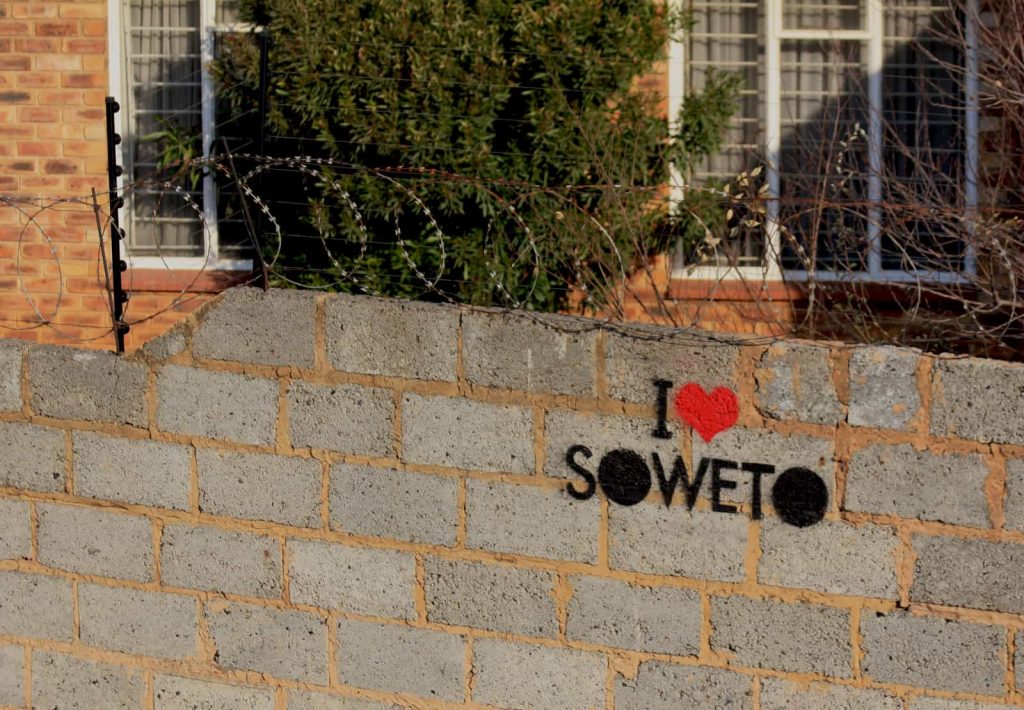
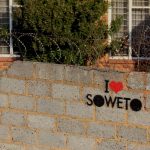
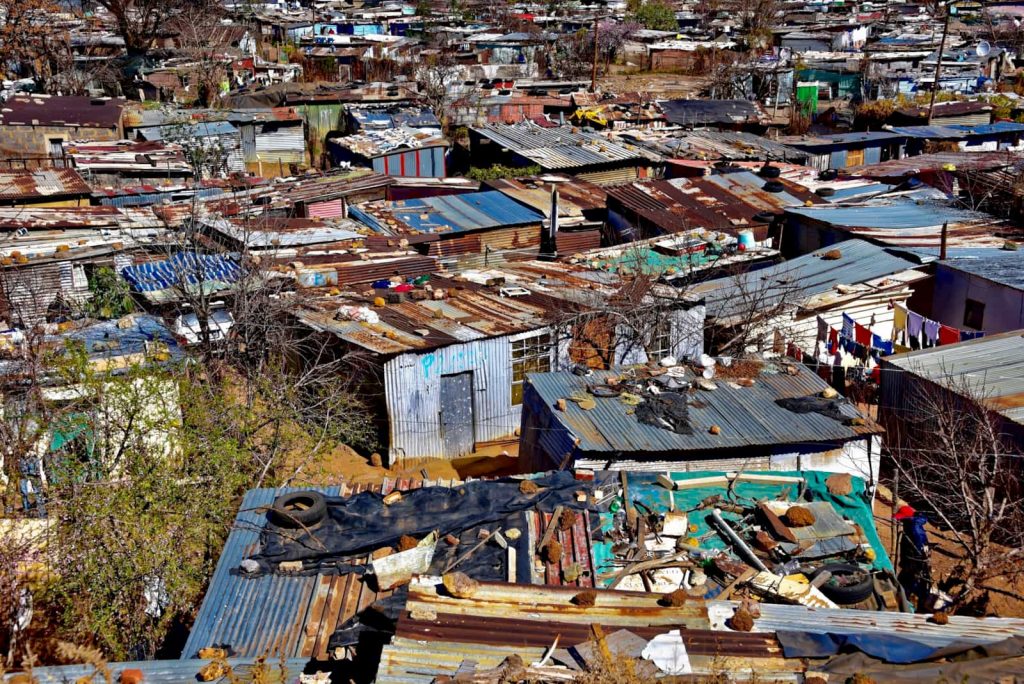
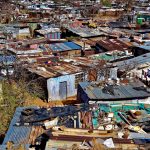
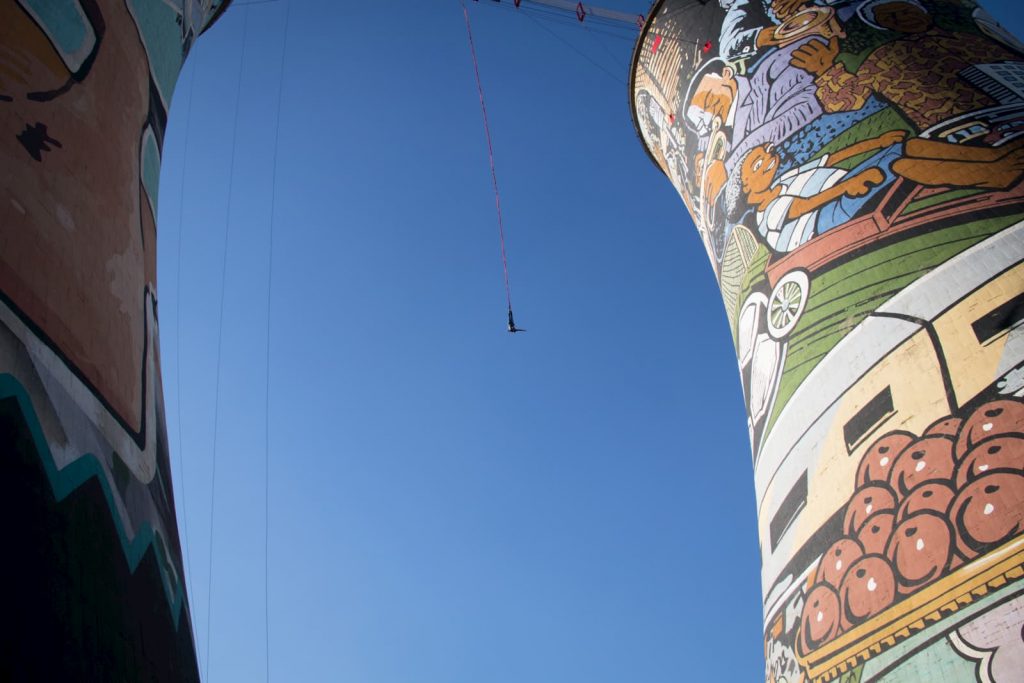
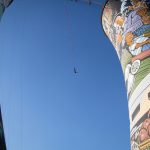
Fourways Farmers Market
The Fourways Farmers Market brings a country time experience to the big city of Johannesburg. Over 100 local vendors gather here offering meats and cheeses, sweets and jams, as well as coffees and juices…even clothing and furniture! The delightful outdoor market and rose garden extend a refreshing break from the hustle and bustle of the city. Open every Sunday except for a stretch in mid-December.
Lesedi Cultural Village
Day trips are available to the Lesedi Cultural Village, under an hour’s drive outside of Johannesburg. Five of South Africa‘s cultures are represented here: the Zulu, Xhosa, Basotho, Pedi and Ndebele tribes. Listen to the history of the tribes, then step into the traditional homes of these people and see how each tribe’s is unique. This isn’t just a tourist attraction. The tribal people actually live here, raise livestock and welcome guests. The most exciting part of your visit is surely the captivating singing and dancing of the tribal people. Feel the spirit of South Africa in every song, dance and smile. At the end of your outing, you will indulge in a feast of African cuisine until your heart’s content. My mouth is watering already!
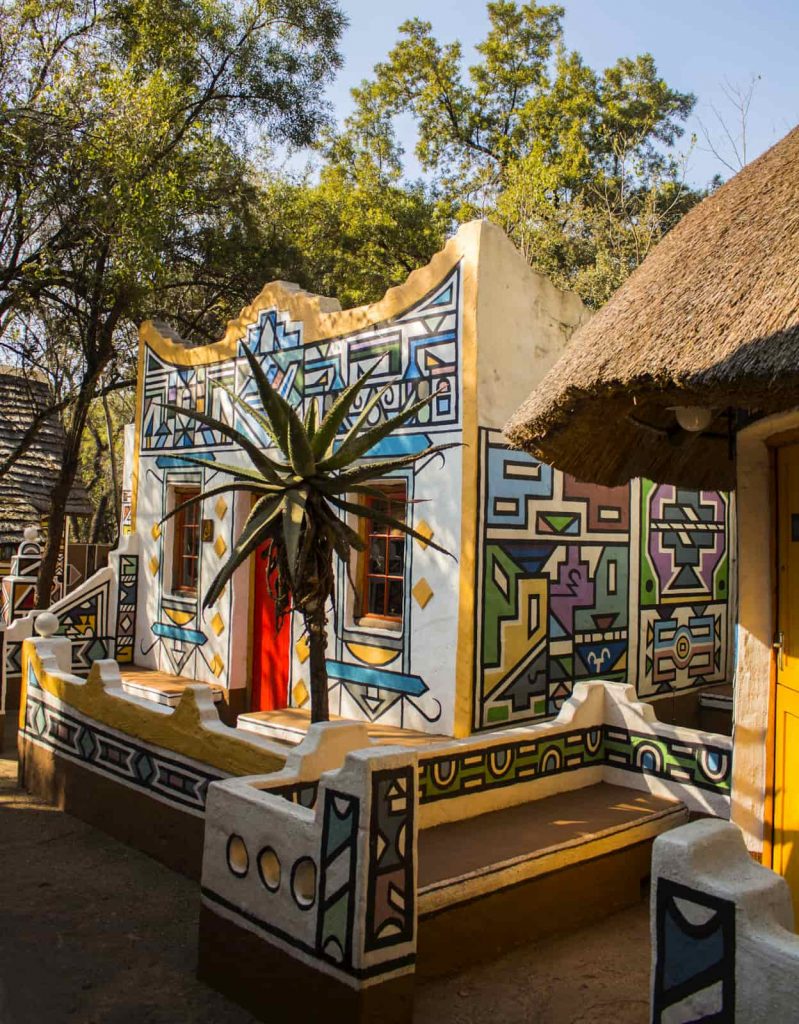
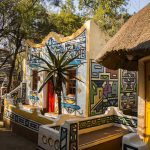
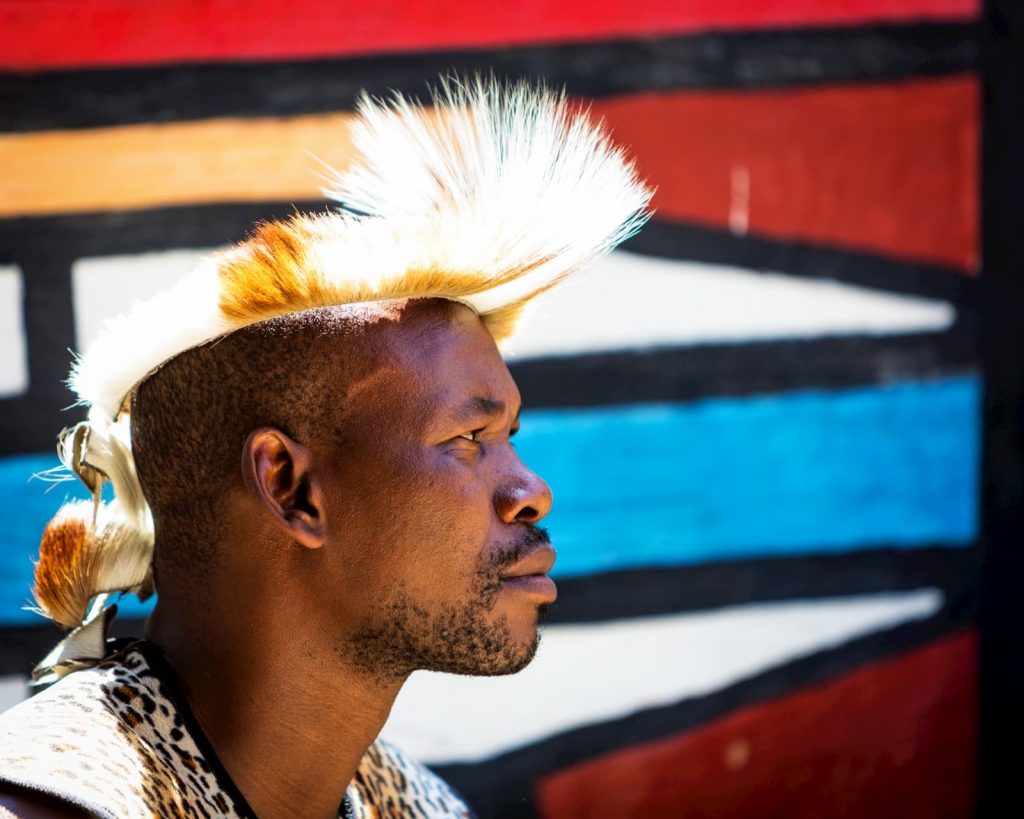
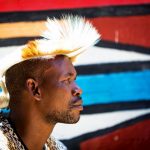
Other things to do in and around Johannesburg
- Venture to the Sterkfontein Caves, part of the Cradle of Human Kind UNESCO World Heritage Site, for a journey into the impressive caves and to view famous, pre-human fossils found here.
- Place your bet at one of the city's casinos, including Montecasino and Gold Reef City.
- Check out Hartbeespoort Dam (1 hr outside of Joburg) for water sports, boat cruises, river rafting, hiking, quad biking, markets, cheese factories and more.
- If you don't have a lot of time in South Africa and can't make it to Kruger National Park, a much closer alternative is Pilanesberg Game Reserve for Big 5 game viewing – malaria free!
Drive Times
- To Pretoria – 45 minutes
- To Pilanesberg Game Reserve – 3 hours
- To Madikwe Game Reserve – 5 hours
- To Durban – 5.5 hours
- To Kruger National Park – 6 hours
- To Port Elizabeth – 10 hours
- To Cape Town – 13.5 hours
Dining
Fortunately, Johannesburg has more African dining options than Cape Town, but like Cape Town, it has a diverse mix of cuisine to satisfy anyone’s palette. Here are some links for some of Johannesburg’s best restaurants:
http://www.eatout.co.za/article/best-of-johannesburg/
https://www.travelandleisure.com/travel-guide/johannesburg/restaurants
